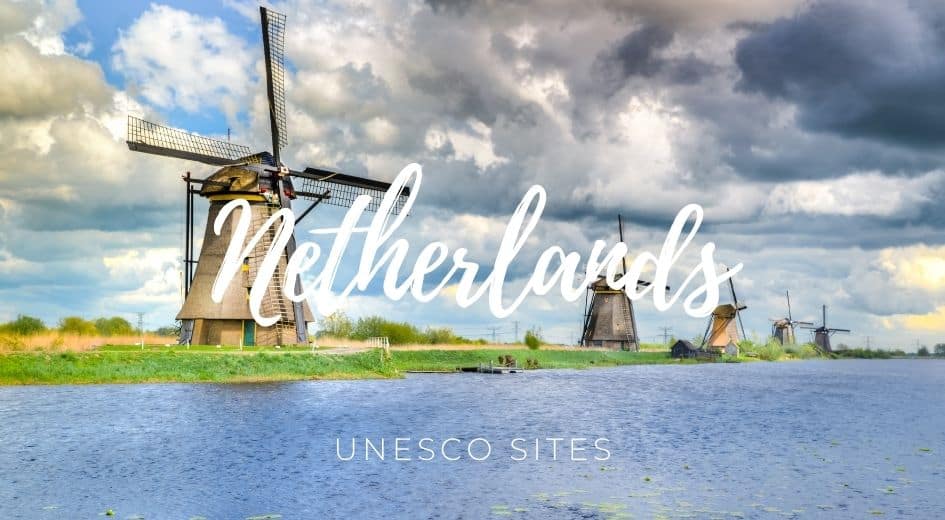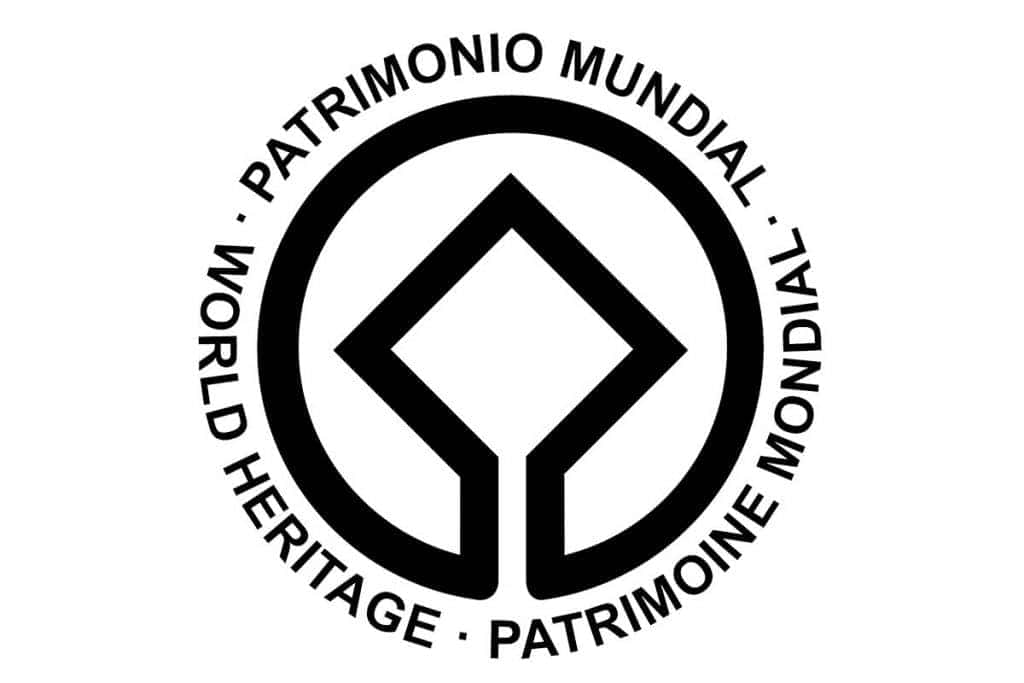Table of Contents


Netherlands UNESCO has registered 12 sites on the World Heritage list and 3 on the tentative list.
Some places are so interesting that it’s relevant to keep them for future generations. This is why UNESCO has built a list of crucial classified properties in which superb places stand out for their aesthetic, natural, artistic, or cultural significance.
More than a thousand places are registered as Unesco’s World Heritage worldwide. Due to my interest in visiting World Heritage sites, I compiled the UNESCO list in the Netherlands and the corresponding map.
Netherlands UNESCO list
- Colonies of Benevolence
- Droogmakerij de Beemster (Beemster Polder)
- Dutch Water Defence Lines
- Frontiers of the Roman Empire – The Lower German Limes
- Historic Area of Willemstad, Inner City and Harbour, Curaçao
- Ir.D.F. Woudagemaal (D.F. Wouda Steam Pumping Station)
- Mill Network at Kinderdijk-Elshout
- Rietveld Schröderhuis (Rietveld Schröder House)
- Schokland and Surroundings
- Seventeenth-Century Canal Ring Area of Amsterdam inside the Singelgracht
- Van Nellefabriek
- Wadden Sea
Netherlands UNESCO Map
Click on the blue pins to view more relevant information about each World Heritage site in the Netherlands.
Description
- Colonies of Benevolence – a social experiment in the 19th century where poor families from cities were given land to farm in rural areas.
- Droogmakerij de Beemster (Beemster Polder) – an example of Dutch water management, drained and reclaimed this area from the sea in the 17th century.
- Dutch Water Defence Lines – a series of fortifications and waterworks created in the 17th and 18th centuries to protect the Netherlands from invasion.
- Frontiers of the Roman Empire – The Lower German Limes – a section of the Roman Empire’s frontier marked by fortifications and watchtowers.
- Historic Area of Willemstad, Inner City and Harbour, Curaçao – a 17th-century Dutch colonial settlement in the Caribbean.
- Ir.D.F. Woudagemaal (D.F. Wouda Steam Pumping Station) – a steam-powered pumping station that helped drain the polders in the Netherlands.
- Mill Network at Kinderdijk-Elshout – a network of 19 windmills used for water management.
- Rietveld Schröderhuis (Rietveld Schröder House) – a house designed by Gerrit Rietveld in the 1920s, known for its modernist design.
- Schokland and Surroundings – a former island in the Zuiderzee, now a cultural landscape.
- Seventeenth-Century Canal Ring Area of Amsterdam inside the Singelgracht – a network of canals built in the 17th century to facilitate trade and transport.
- Van Nellefabriek – a former factory complex in Rotterdam that was a major coffee, tea, and tobacco producer in the early 20th century.
- The Wadden Sea is a coastal wetland and UNESCO World Heritage Site in the Netherlands, Germany, and Denmark. It is a unique ecosystem characterized by shallow waters, tidal flats, salt marshes, and sandbanks, and it is home to a wide variety of plant and animal species. The area is important for its cultural and economic significance and its biodiversity. Conservation efforts are underway to protect the Wadden Sea from climate change, pollution, and overexploitation.
UNESCO World Heritage Sites in Netherlands have protected places for their cultural and natural importance.
Sites on the Tentative List
- Bonaire Marine Park
- Eise Eisinga Planetarium
- Plantations in West Curaçao


